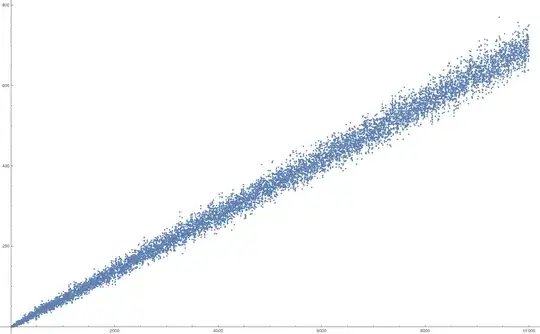I'm curious about some properties of the powers of 5 $$5^2=25,\quad5^3=125,\quad 5^4=625,\quad 5^5=3125,\quad ...$$ Is it true that at least $50$% of the digits in the decimal representation of $5^n$ are non-zero? This seems pretty modest since assuming each digit will be equally likely, only about $10$% of the digits will be zero on average. The first zero occurs at $5^8=390625$ and the power with the largest percentage of zeros seems to be $$5^{45}=28421709430404007434844970703125$$ in which $\approx 22$% of the digits are zero. I checked up to $5^{1000}$.
The difficulty is the statement seems so obvious from a probabilistic perspective, yet I can't pin down any definite theorems!
Obviously the first and the last 3 digits will always be non-zero so we have at least 4 non-zero digits. But I'm hoping to prove some properties about $5^n$ in general which require the non-zero digits to be at least linear in $n$. So $50$% would be more than enough. Really any probability $\epsilon>0$ will do -- bigger the better though.
Maybe analyze $\langle 5 \rangle^\times$ in $\mathbb{Z}/10^k\mathbb{Z}$? Could probability theory produce the bound in question?

